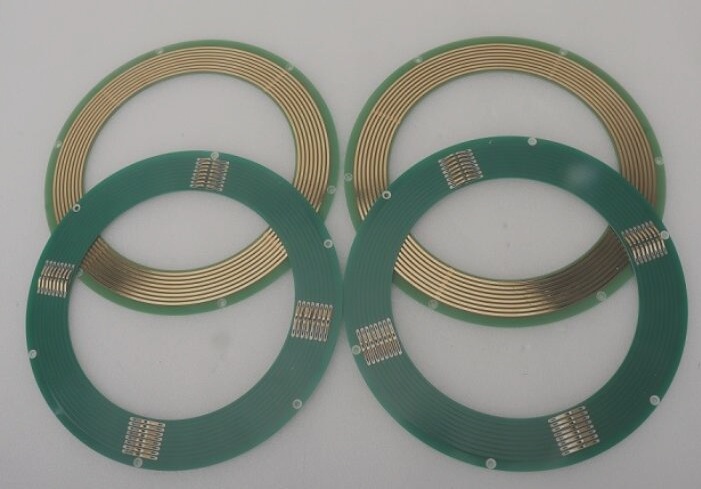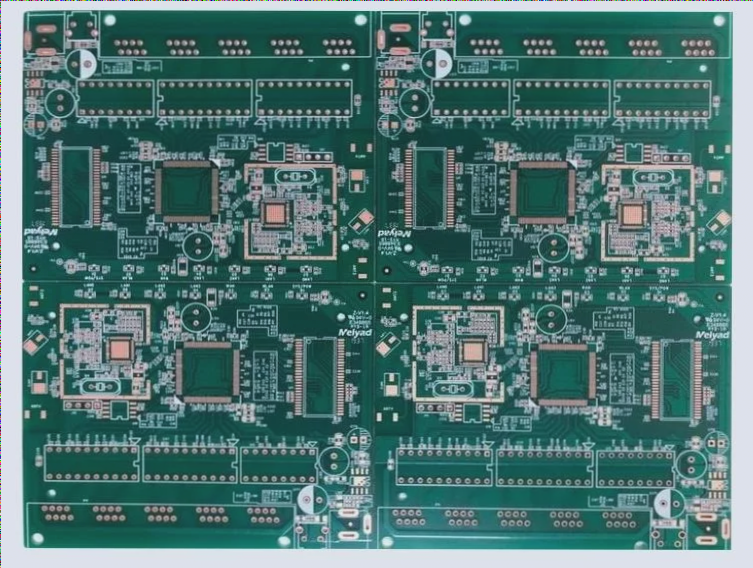Printed Circuit Boards (PCBs) Etching Methods
1. The standard process for processing PCBs involves the “pattern electroplating method,” where a lead-tin resist layer is pre-plated onto the copper foil. The copper foil is then chemically etched away, leaving behind the circuit pattern.
2. In the etching process, only one layer of copper needs to be completely removed, while the rest remains to form the final circuit pattern. This method is known for having a copper layer solely beneath the lead-tin resist.
3. An alternative method is the “full board copper plating process,” where the entire board is coated with copper, and only areas covered by a photosensitive film have a resist layer. However, this method requires uniform copper etching across the entire board surface, posing challenges with narrow wire widths.
4. Tin or lead-tin resist layers are common in etching processes that use ammonia-based etchants, which do not react with tin or lead-tin. Ammonia water/ammonium sulfate solutions are also available for this purpose.
5. Sulfate-based etching solutions allow for copper separation through electrolysis after use, enabling reuse due to their low corrosion rates. While not widely used, they show potential in chlorine-free etching processes.
6. Sulfuric acid-hydrogen peroxide mixtures have been explored for outer layer pattern corrosion but have not gained commercial traction due to economic and waste management concerns. They are less effective at etching lead-tin resists.
7. Ammonia-based etchants remain the primary choice for outer layer PCB production due to their reliability in achieving quality etching outcomes.
Etching Quality and Challenges
The quality of etching in PCB production is crucial for ensuring the complete removal of copper layers except under the resist layer. Achieving uniform wire width and minimizing side etching are essential goals. Side etching, influenced by etchant characteristics, impacts the etch factor, a critical parameter in PCB production. Controlling equipment structure and etching solution composition can help manage side etching issues.
Etching quality concerns often arise from earlier production steps, such as stripping processes. Outer layer pattern etching faces challenges, including the “reverse stream” effect, due to the multi-step sequence involved in transferring outer layer patterns. Understanding and addressing these challenges are vital in ensuring high-quality PCB production.
Optimizing PCB Pattern Plating Process
During pattern plating, it is crucial to control the thickness of copper and tin or lead-tin post-electroplating to ensure it does not exceed the photoresist’s thickness. This prevents issues such as lateral accumulation and residual “edges” that can complicate etching and lead to non-compliance with specifications.
Equipment Adjustment for Effective Etching
- Ammonia etching requires precise equipment adjustment to facilitate continuous production. High-pressure spraying is essential for clean line edges and quality etching results.
- Maintaining optimal etch rates involves controlling the ammonia content in the etching solution and ensuring consistent contact between metal surfaces and fresh etchant.
- In industries like photochemical etching, specific requirements for etching parameters demand advanced structural design of etchers.
Differences in Etching States on Board Surfaces
Challenges in etching quality often stem from colloidal build-up on copper surfaces, affecting etch rates and resulting in variations between upper and lower board patterns.
Maintaining Etching Equipment
- Clean nozzles are essential for smooth spraying and even etching. Regular maintenance, including part replacements and addressing slag buildup promptly, is crucial to prevent operational disruptions and maintain production quality.



